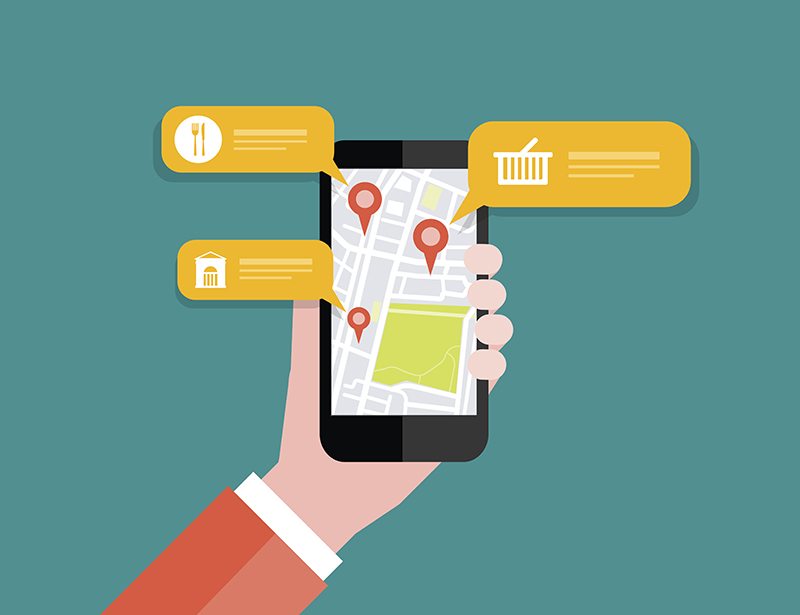For those who are using a geofencing device, you should pat yourself on the back. This marketing tool is unfamiliar to some, yet continues to gain followers and adjust to new demands daily.
Definition

Geofencing uses Global Positioning (GPS) and Radio Frequency Identification (RFID) to virtually set up a boundary around a real location.
Once it does so, the administrator can create signals that enable a text message, an email, or notification to appear on the customer’s mobile device when it enters this boundary.
Simply put, a business may cordon off an area and send information to any devices that are in that range.
Applications

Imagine being able to target and engage customers in your business’ locale to make a sale or simply understand your customers’ shopping model. If you could identify when potential clients were within a specified radius of your business, it follows that getting them into your business would become an easier task.
A car dealer, for example, might establish his or her geofencing boundaries and know when a customer leaves a rival, nearby automobile dealership. The car dealer, who was using geofencing as a marketing tool, could have an offer set up and sent to that customer automatically, offering the buyer a special deal.
Other Uses
In the real estate and home building businesses, geofencing allows realtors and construction companies to track a customer’s viewing routes and send advertisements about homes they are offering in the same location.
Finding clients who have taken the initial and proactive step of viewing homes, creates the opportunity to show them what your company has to offer in that area.
Detailed GPS-based targeting with pre-programmed advertising will result in an increase in the success of mobile campaigns for small business owners as well as larger nation-wide businesses.


